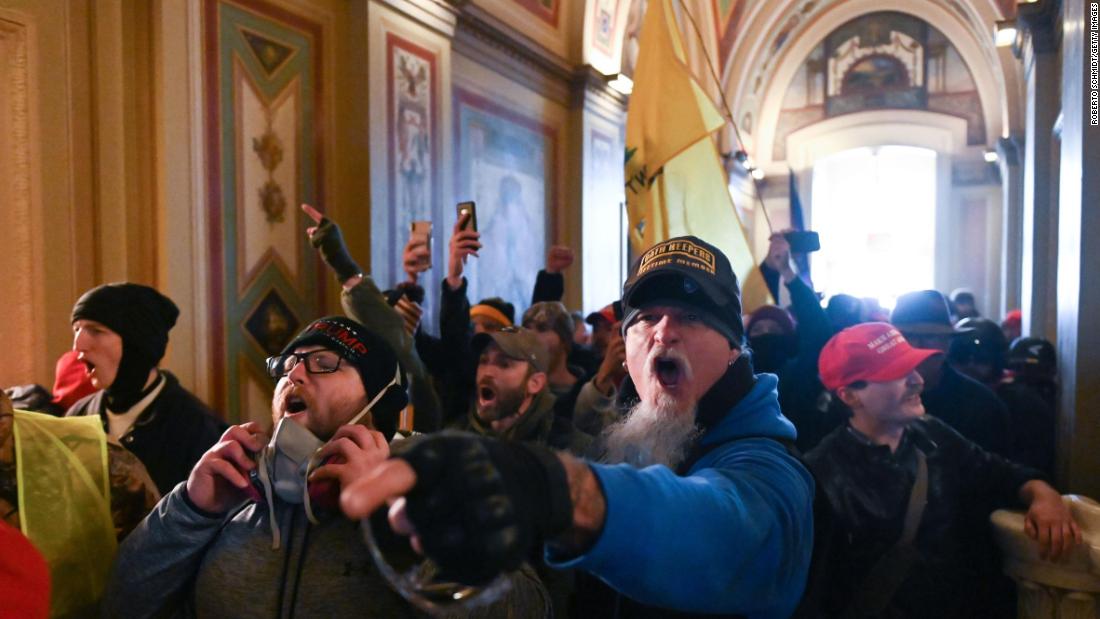Those are just some of the names for a racial stereotype that has haunted the collective imagination of White America since the nation’s inception.
The specter of the angry Black man has been evoked in politics and popular culture to convince White folks that a big, bad Black man is coming to get them and their daughters.
I’ve seen viral videos of innocent Black men losing their lives because of this stereotype. I’ve watched White people lock their car doors or clutch their purses when men who look like me approach. I’ve been racially profiled.
It’s part of the psychological tax you pay for being a Black man in America — learning to accept that you are seen by many as Public Enemy No. 1.
But as I’ve watched three separate trials about White male violence unfold across the US these past few weeks — the Kyle Rittenhouse trial, the Ahmaud Arbery death trial and the civil case against organizers of the 2017 Unite the Right rally in Charlottesville — I’ve come to a sobering conclusion:
There is nothing more frightening in America today than an angry White man.

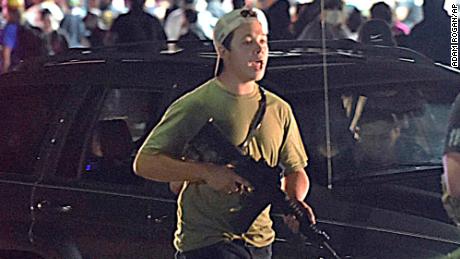
It’s not the “radical Islamic terrorist” that I fear the most. Nor is it the brown immigrant or the fiery Black Lives Matter protester, or whatever the latest bogeyman is that some politician tells me I should dread.
It’s encountering an armed White man in public who has been inspired by the White men on trial in these three cases.
The US’ legacy of White male violence
I’m not suggesting we start racially profiling White men. The vast majority of White men are no menace to society.
There is nothing inherently violent about White men, or any human being.

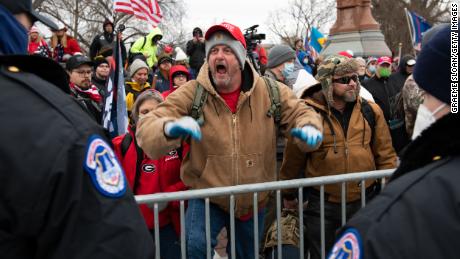
It’s this angry White man — not the Black or brown man you see approaching on the street at night — who poses the most dangerous threat to democracy in America.
That’s a sweeping claim. But these trials represent something bigger than questions of individual guilt or innocence. They offer a disturbing vision of the future, and a choice about what kind of country we want to live in.
The facts of the trials are well known to many Americans.

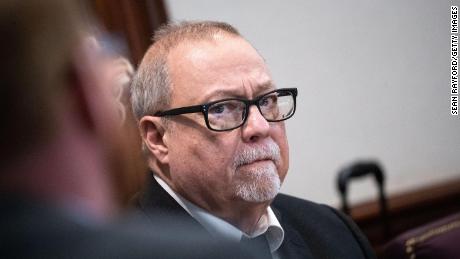
Race is an inescapable theme that runs through all the trials. At the center of each are White men who are accused of using unjustified violence, either against an unarmed Black man or during racial protests. In Rittenhouse’s case, a jury cleared him of criminal wrongdoing.
It’s what’s happening outside these courtrooms, though, that is most frightening. It suggests these trials are a symptom of a dangerous shift.
Our politics are becoming more menacing
The House voted this week to censure Gosar, with virtually no Republicans backing the resolution. Gosar took down the video after facing criticism but did not apologize, and later retweeted a post that contained the video.

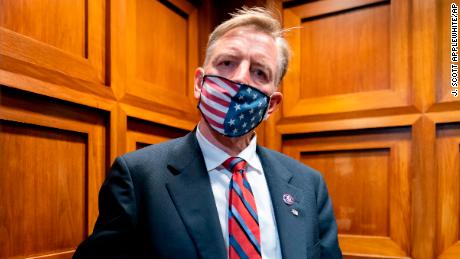
“When do we get to use the guns? … How many elections are they going to steal before we kill these people?”

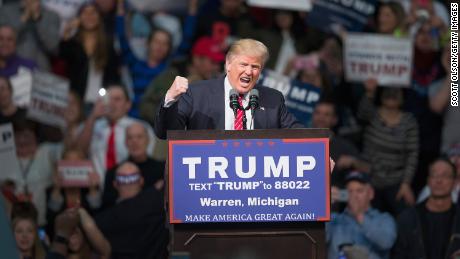
Add to this toxic political atmosphere another element: Laws that not only protect White vigilante violence but, in some cases, seem to embolden vigilantes.
Activists hoped that widely seen videos showing White police officers and White men shooting Black men like Arbery would inspire the courts and state legislatures to revisit laws that made such actions possible.
We could see more guns on the streets

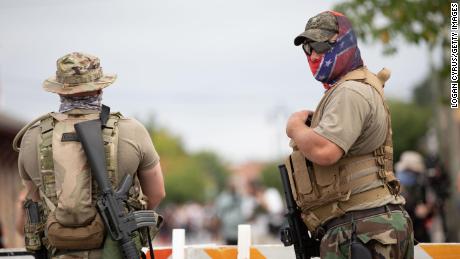
And despite the shocking nature of the Arbery video, there’s been little progress on reforming citizen’s arrest laws, which allow private citizens to detain or arrest someone they suspect in a crime.
The White men on trial in the Rittenhouse and Arbery cases both said they acted in self-defense. One of the men in the Arbery case testified that the unarmed Black jogger tried to take his gun, and his life was at risk.
But consider the potential danger of other White men — or any person wielding a gun in public — feeling emboldened to use deadly force against even an unarmed person by evoking the logic in those defenses, said Eric Ruben, a Second Amendment expert.

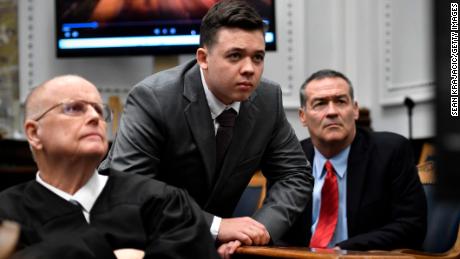
While prosecutors didn’t show that Rittenhouse was angry that night, there is a perception — fair or not — that he went to Kenosha for reasons more than simply maintaining public safety.
And finally, there’s a growing fear that no one will be severely punished for the January 6 insurrection because most of the rioters were White. The trials of various defendants are winding their way through the courts now. Jacob Chansley, the so-called “QAnon Shaman,” was sentenced to 41 months in prison for his role in the US Capitol riot.

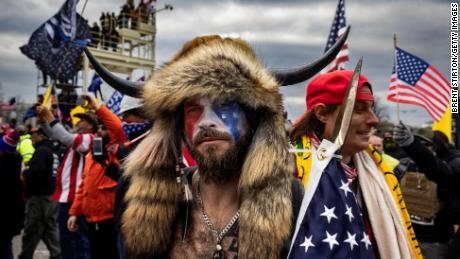
But many believe the punishment will never match the severity of the crime. What if, say, a mob of Black Lives Matter protesters attacked the US Capitol in an attempt to overturn the election of a Republican president? How do you think conservative lawmakers would react?
We are seeing more threats, more guns and more suspicion that the courts will go easy on White people who employ violence. This is the combustible mix that makes more violence almost inevitable.
Angry White men have damaged democracy

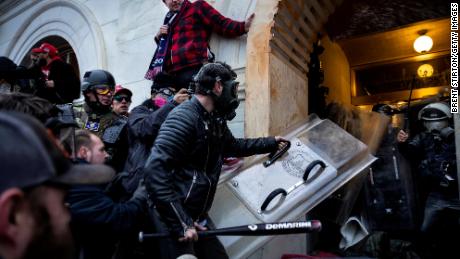
Consider scenes from the US Capitol riot, which were filled with angry White men wielding crude weapons and pummeling police. Or the snarling faces of young White men holding tiki torches during the 2017 rally in Charlottesville. Or the angry White men who clashed with anti-racist protesters across the US last year.
White male anger has become one of the most potent political forces in contemporary America. That anger helped a White man win the White House. Trump’s rise to power is inconceivable without his ability to tap into White male anger and embody it.
Has there ever been an angrier modern president? He is the White male id unleashed.
This White male anger is causing many people — including other White men — to look over their shoulder when they go out in public. The two men who were shot and killed by Rittenhouse in Wisconsin were White, as was the man he wounded.
White male anger could prove to be one of the biggest roadblocks we face in building a successful multiracial democracy.

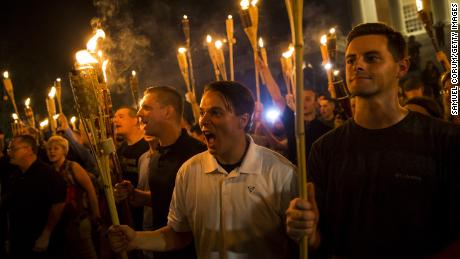
This isn’t hyperbole. It’s history. It happened before.
After the Civil War, the US attempted to build the first biracial democracy by incorporating formerly enslaved people into the country’s political and economic life. That period, known as Reconstruction, was destroyed primarily by the violence of White men who used terrorist and vigilante groups like the KKK to assassinate elected officials, prevent Blacks from voting and overthrow state governments.
In 1898, for example, a mob of primarily White men staged a coup against the city government of Wilmington, North Carolina, which had elected a multiracial coalition of leaders. More than 60 Black people were killed, and Black residents of the city were barred from voting, and from elected office, for decades afterward.
The January 6 insurrection wasn’t unprecedented. In many ways it was a sequel.
No more lectures about Black ‘thugs’
Republican Sen. Lindsey Graham warned the GOP that “We’re not generating enough angry White guys to stay in business for the long term.”
He was wrong. The angry White guy business is booming. Yet no matter how obvious it becomes that the country has a problem with White male violence, most Americans will escape what Black and brown men experience on a weekly basis.

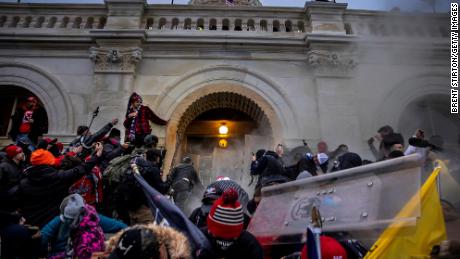
Not many drivers will lock their doors when White men approach at a stoplight. Few women will clutch their purse when they pass a White man on the street.
“Tamir Rice was 12 and killed for having a fake toy gun. Kyle Rittenhouse, 17, killed two people. Walked by police after killing two people. Got to go home and sleep.”
That meme is why it’s hard for me for to tolerate hearing another lecture about “Black thug culture” or a “Black culture of violence.”
My response to the White men who use these tired phrases: Look in the mirror.
And look at these three trials, because they point to one frightening future. This is what that future looks like: More angry White men emboldened by “stand your ground” and citizen’s arrest laws, inspired by a conservative interpretation of the Second Amendment.
And more dead Americans.




